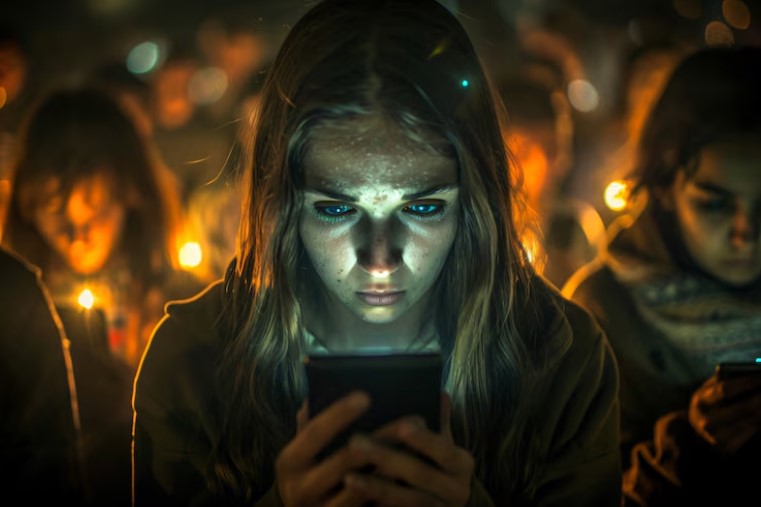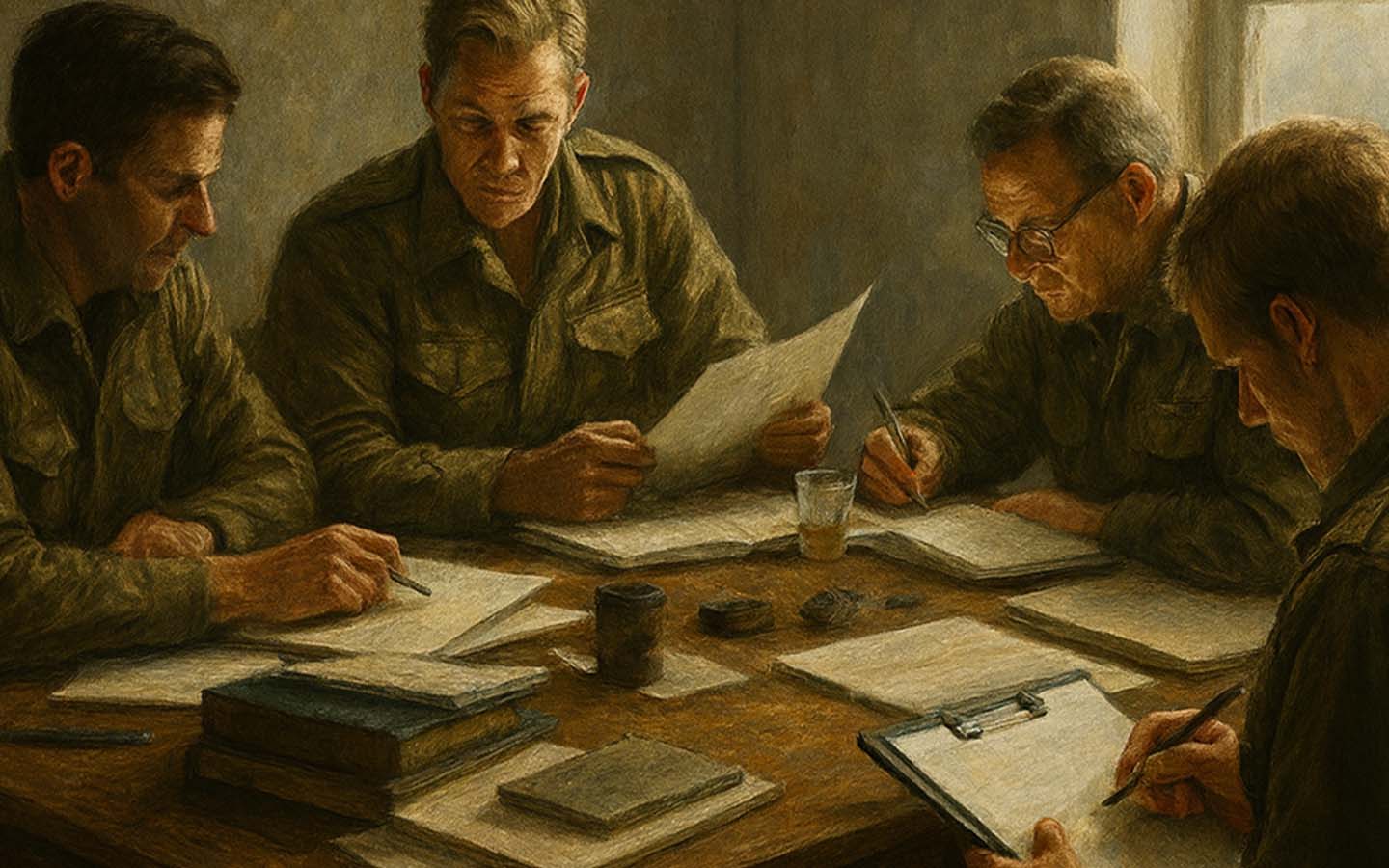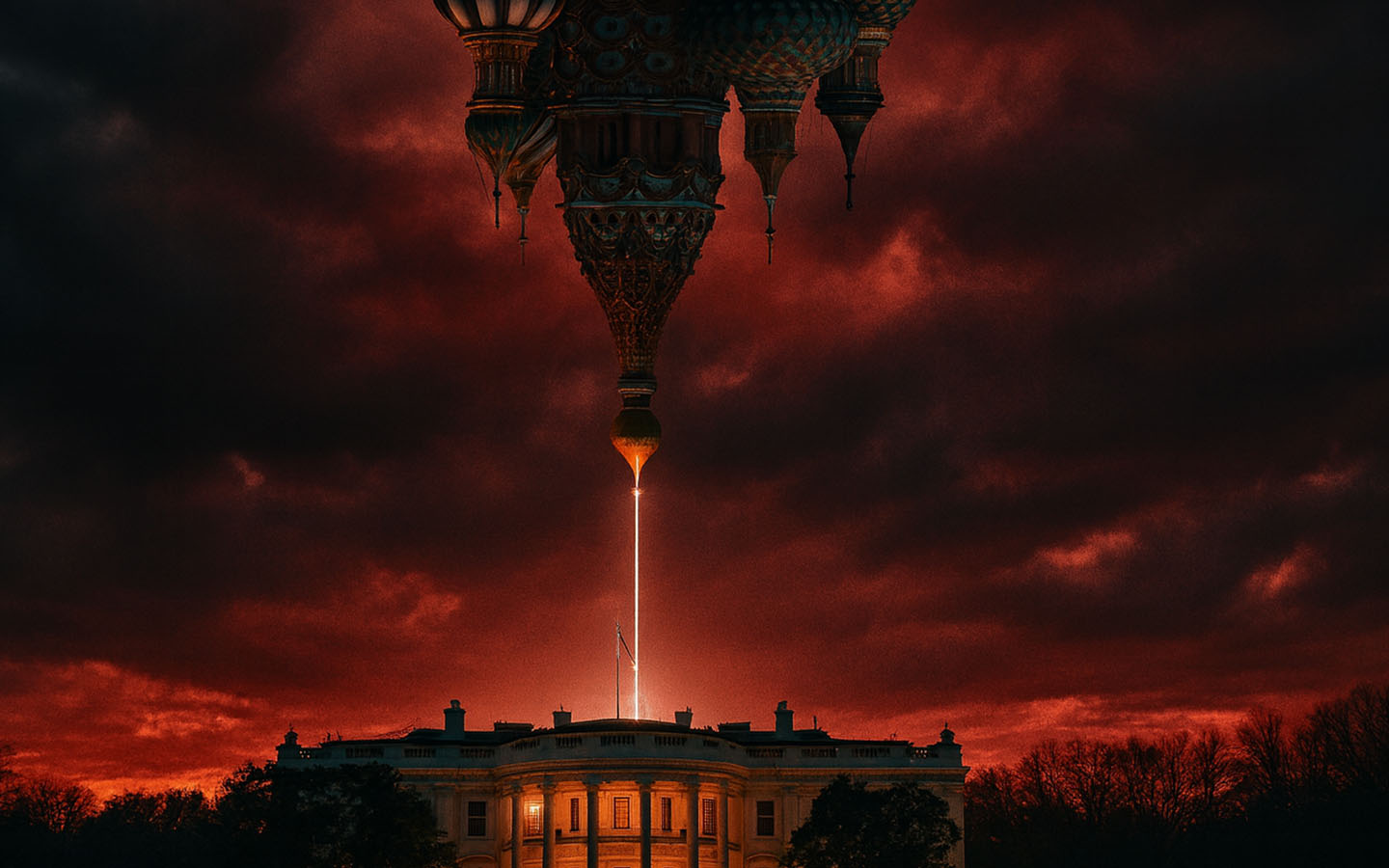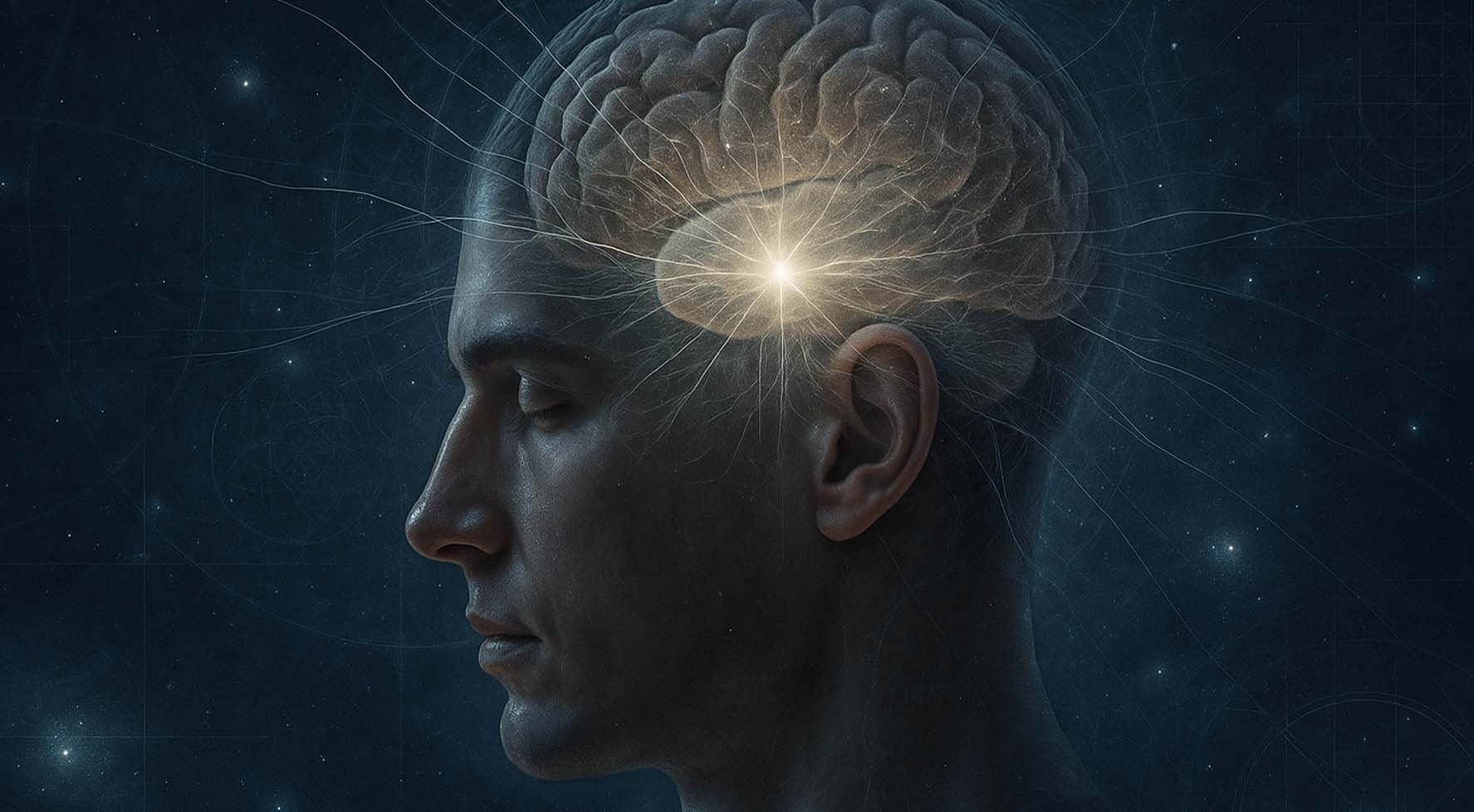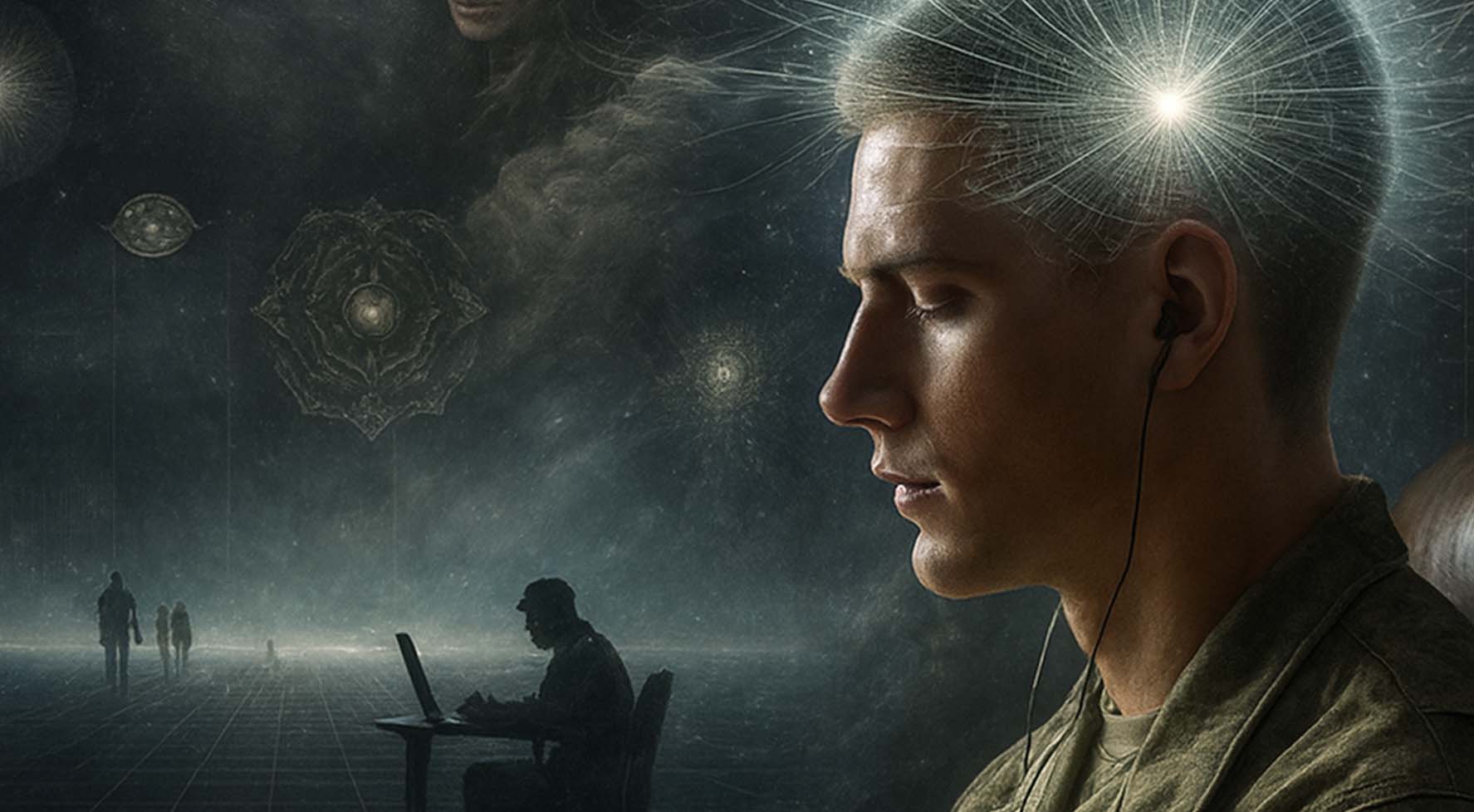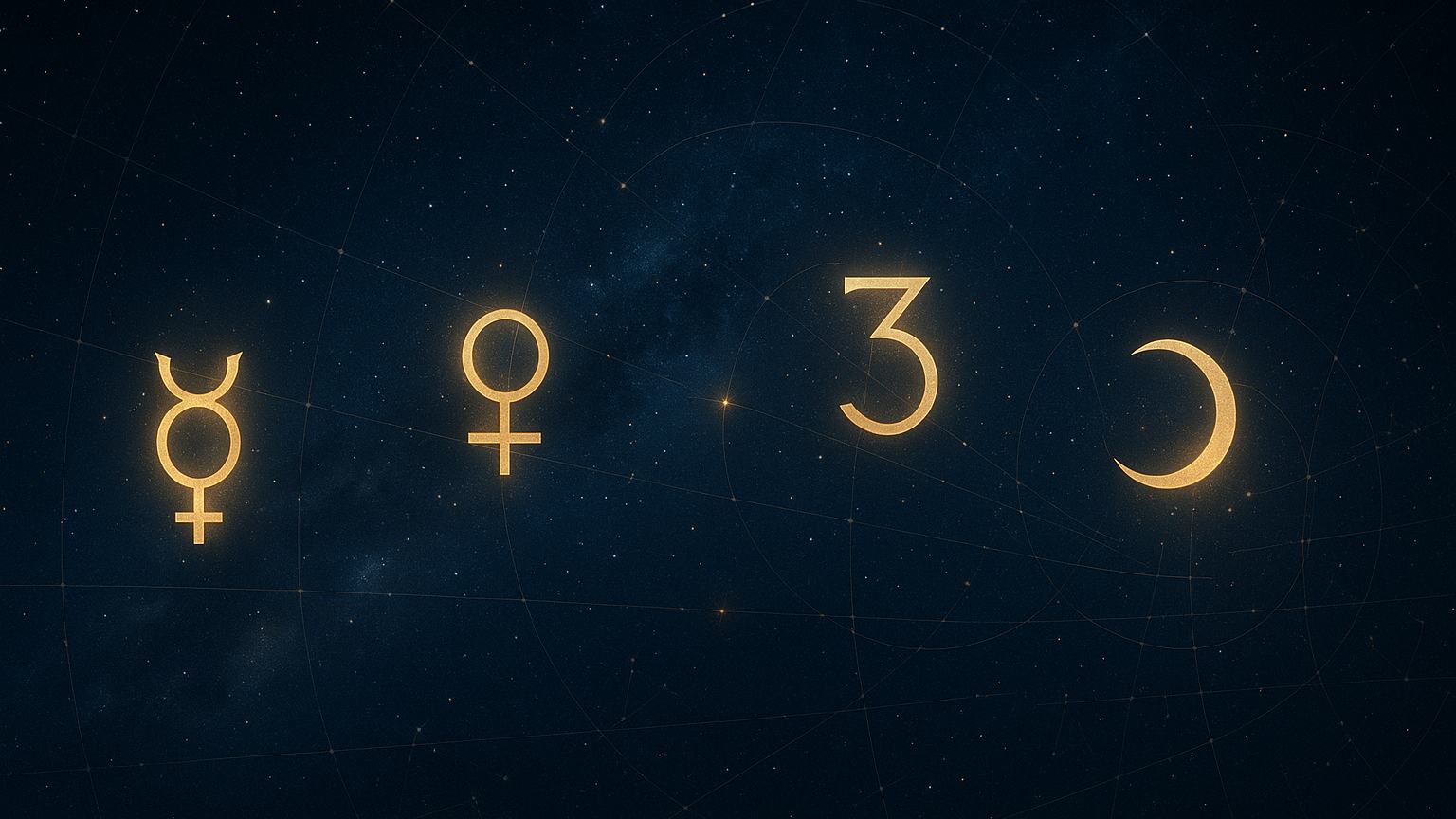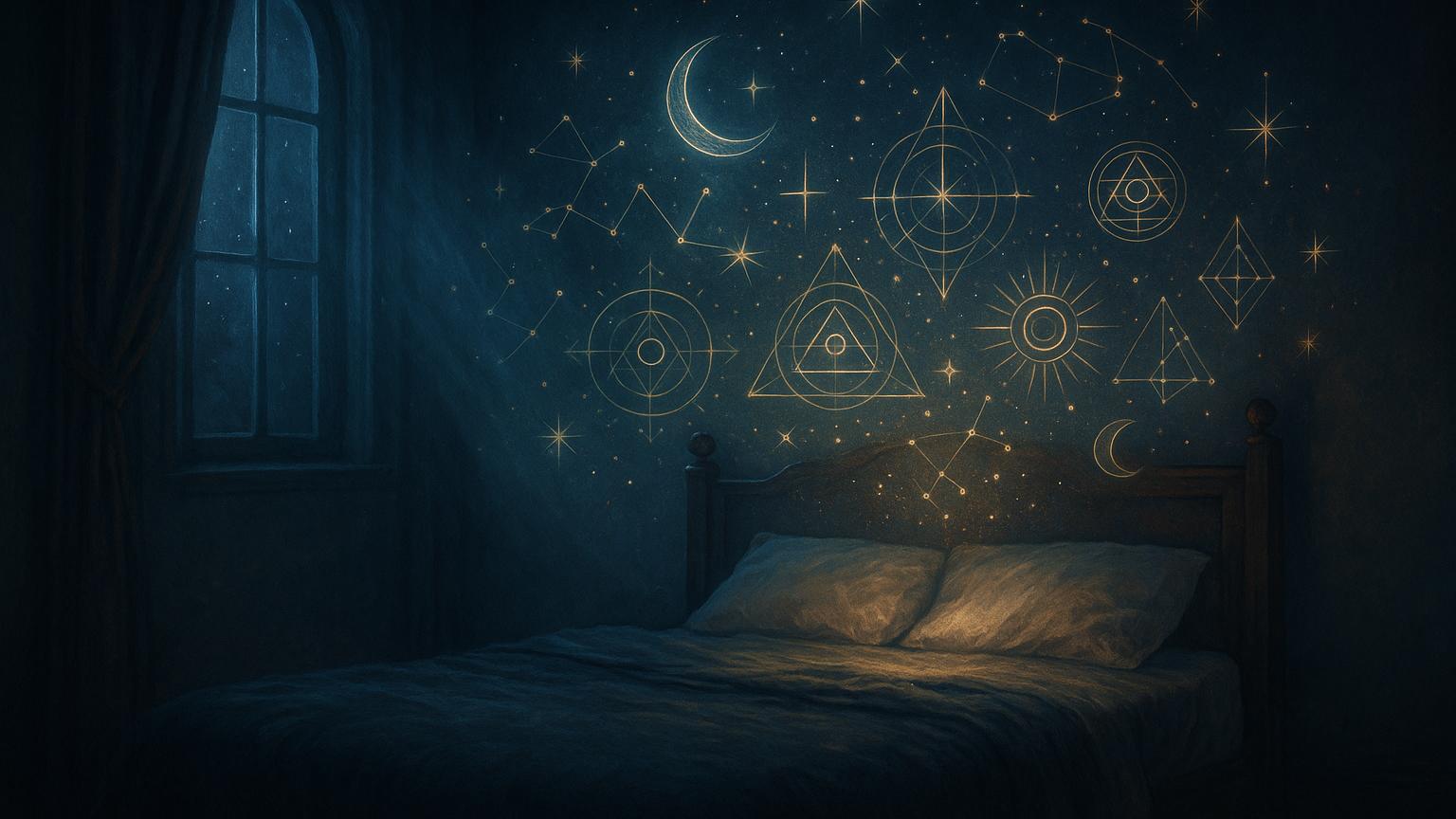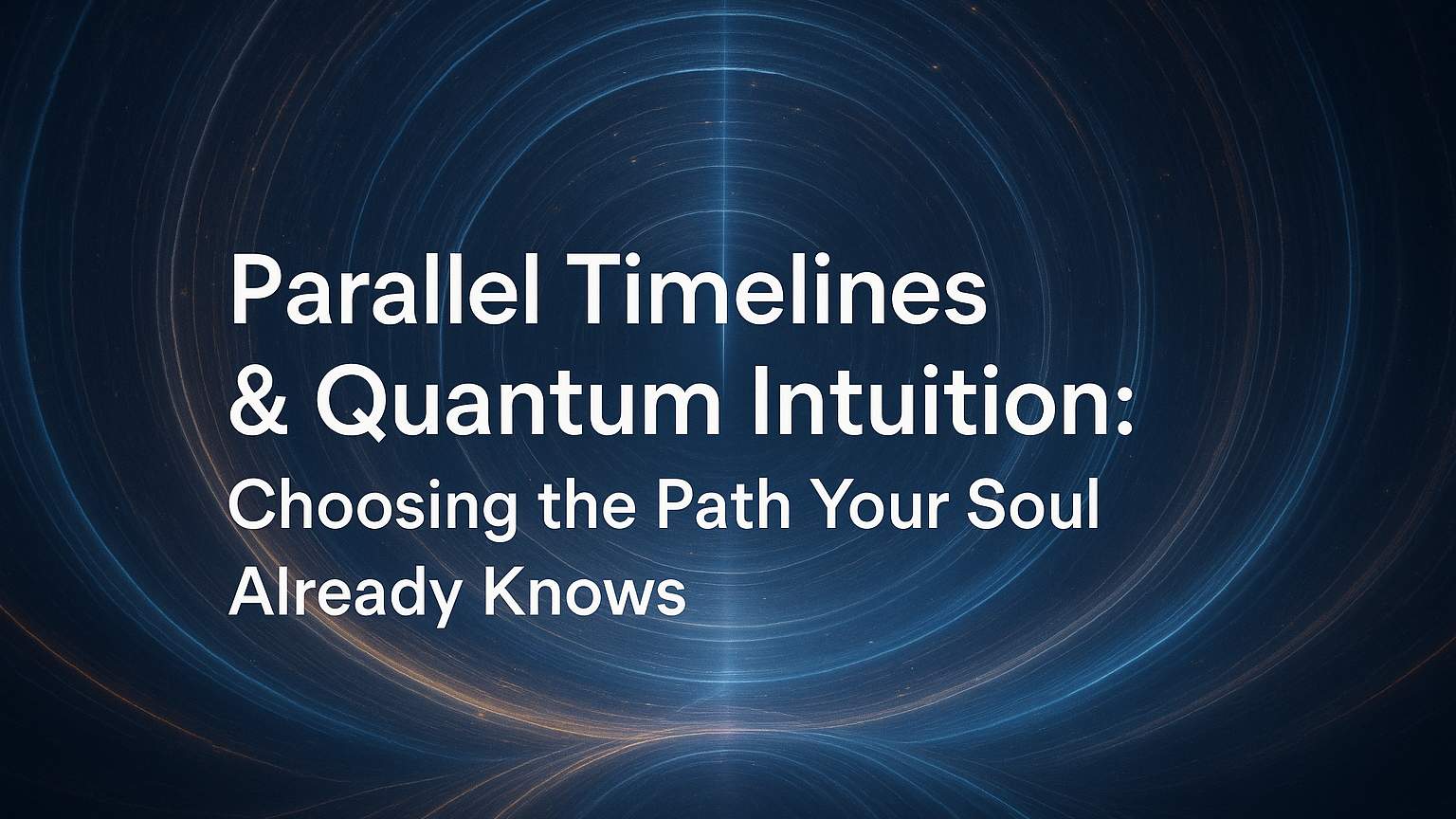It all started with a few ghost stories whispered in online forums. Then came the viral videos, the live spirit hunts, and the telepathic readings. Now, we find ourselves living in a world where metaphysics and paranormal culture are no longer just fringe fascinations. They’re digital powerhouses. The rise of metaphysics and paranormal culture on social media has become one of the most fascinating shifts in internet history.
What once lived in shadows now thrives in the spotlight. TikTok, YouTube, Instagram, Reddit—they’re overflowing with clairvoyants, ghost hunters, remote viewers, and everyday people sharing the unexplained.
How Social Media Gave Metaphysics and the Paranormal a Voice
The internet was always going to be the perfect playground for the metaphysical. In a place where algorithms chase engagement, mystery wins. Social platforms feed our curiosities, and when it comes to the rise of metaphysics and paranormal culture on social media, they’ve handed the microphone to a once-marginalized community.
Ghost sightings, for example, no longer end in whispers. When a haunting makes the news or someone captures a chilling figure on a night cam, searches like “real ghost videos” or “haunted places near me” skyrocket, some by over 200% within a day. This isn’t just a blip. The interest lingers, which means the content does too. Paranormal creators don’t just ride waves; they build ongoing series, documentaries, and even full-time businesses around this.
And let’s not overlook how metaphysical phenomena, such as clairvoyance, ESP, telepathy, and remote viewing, are attracting younger, global audiences. Spiritual influencers now offer live readings on Instagram. TikTok psychics analyze auras and predict dreams. Search behavior shows a deeper trend: curiosity is blending with belief.
Why People Are Clicking, Watching, and Believing
There’s more going on here than clicks. It’s about identity, wonder, and even comfort. The rise of metaphysics and paranormal culture on social media provides people with a framework to understand phenomena that science hasn’t yet explained.
Statistically, belief is mainstream. Over 70% of Americans say they believe in at least one paranormal phenomenon. A large percentage of women aged 18 to 34 regularly engage with spiritual or paranormal content online. Globally, it’s even more widespread. Communities form around common questions: Is there life after death? What are dreams trying to tell us? Can we feel someone’s energy?
These aren’t abstract ideas anymore. They’re hashtags. They’re live-stream events. They’re podcast themes.
From Fringe to Feed: How SEO and Algorithms Fuel the Trend
Nothing becomes popular online without search engines and algorithms promoting it. The rise of metaphysics and paranormal culture on social media owes a significant debt to SEO.
Long-tail keywords, such as “how to talk to spirits” or “paranormal activity in [city],” are gold. Creators who understand how people search are seeing massive growth. One ghost-hunting site saw a 300% increase in search traffic after a single televised haunting. Websites that focus on metaphysical topics can maintain their traffic with well-structured content, images that include alt tags, and clear internal links.
And it’s not just websites. TikTok, YouTube Shorts, and even Facebook Reels optimize for engagement. Paranormal content is naturally suspenseful. That alone keeps viewers glued longer, which pushes it further in feeds. A moment of mystery is worth more than a catchy dance when it comes to retention.
The Business of Belief: Monetizing Metaphysics

Let’s talk money. The rise of metaphysics and paranormal culture on social media has given rise to an entire ecosystem of digital businesses. Tarot readings, astrology consultations, and remote viewing sessions—all happening through PayPal, Patreon, or even Instagram shops.
YouTube channels are monetizing ghost-hunting episodes with ad revenue. Podcasts on clairaudience and ESP get sponsored by candle brands and meditation apps. It’s not a gimmick. It’s a career. Some creators now earn six figures, turning spiritual services into scalable offerings.
Even tourism is affected. Local towns known for their hauntings are experiencing an increase in visitors. Businesses are utilizing local SEO to attract ghost tour bookings. Sites that mention “haunted places in Savannah” or “paranormal hotspots in Colorado” are seeing consistent traffic and conversions.
How Stories Spread: From Campfire to Timeline
It used to be a story you heard at a sleepover. A warning whispered by your cousin. A creepy tale was swapped on a field trip. Now, these stories evolve on Reddit threads and TikTok duets.
And they travel fast. The “Momo” challenge or “Blue Whale” game went viral not because it was real, but because it tapped into real fears. Social media amplified the panic. The rise of metaphysics and paranormal culture on social media isn’t always about proof; it’s about emotion. That makes it incredibly viral.
We’re also seeing a psychological trend. Fear, mystery, and group bonding all play roles. When users connect through their shared beliefs or experiences, they tend to keep coming back. Platforms reward that loyalty. Sites that allow users to share their own ghost stories, participate in forums, or vote in polls tend to see higher retention and engagement.
What This Means for the Future
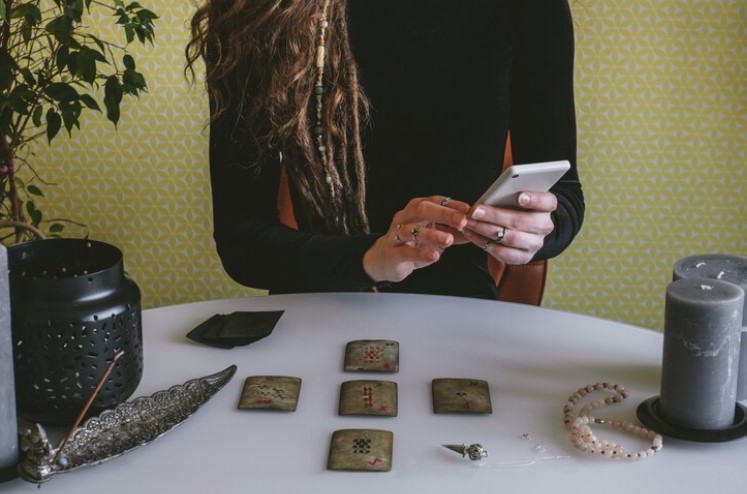
As technology improves, so does the reach of metaphysics and paranormal culture. Virtual reality is already used in haunted house simulations. Imagine complete AR ghost hunts or remote viewing experiences at your fingertips.
Voice search is rising, too. People now ask Alexa or Google Assistant things like “What happened in the Amityville house?” Content creators who understand how to write for voice search are already one step ahead.
At the same time, we must stay responsible. There’s a fine line between belief and misinformation. Honest content, transparent storytelling, and citing credible experiences are more important now than ever.
Conclusion
The rise of metaphysics and paranormal culture on social media isn’t slowing down. It might just be getting started. More people than ever are looking beyond the physical world. They’re doing it through screens, headphones, livestreams, and hashtags.
Whether you’re a believer or just curious, one thing is clear. The unknown is no longer hidden. It’s trending.
And it’s not going away anytime soon.


